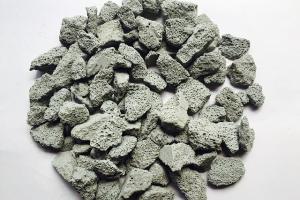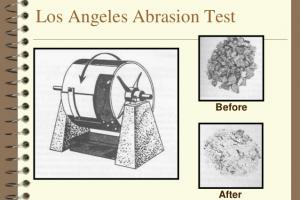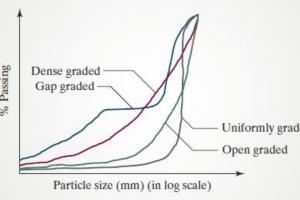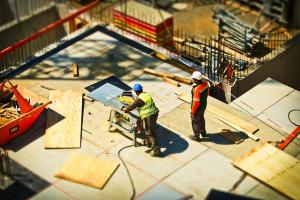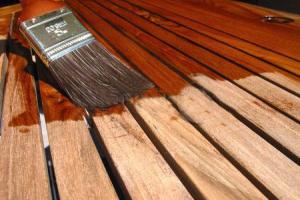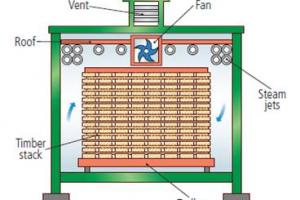Manufacturing and Uses of Portland Cement
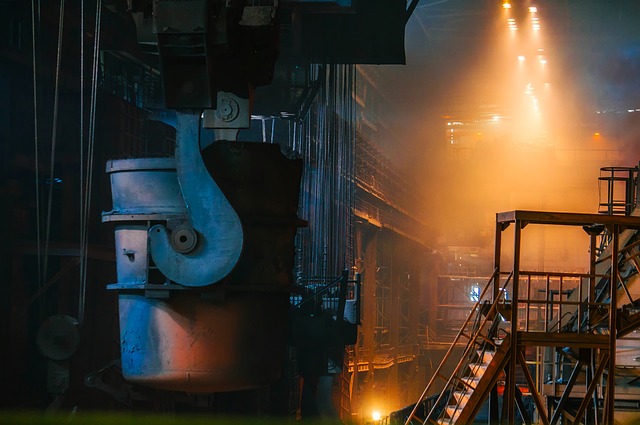
Definition of OPC
Cement can be defined as the bonding material having cohesive & adhesive properties which makes it capable to unite the different construction materials and form the compacted assembly. Ordinary/Normal Portland cement is one of the most widely used type of Portland Cement. The name Portland cement was given by Joseph Aspdin in 1824 due to its similarity in colour and its quality when it hardens like Portland stone. Portland stone is white grey limestone in island of Portland, Dorset.
Production & Manufacturing:
Today, Ordinary Portland cement is the most widely used building material in the world with about 1.56 billion tones produced each year. Annual global production of Portland cement concrete is around 3.8 million cubic meters per year. In Pakistan; cement production will go beyond 45 million tons per year in the next two years
Manufacturing
Raw Materials
- Calcareous (material having content of lime)
- Argillaceous (material having contents of silica & alumina)
- Gypsum
Process
Cement is usually manufactured by two processes:
- Wet process
- Dry process
These two processes differ in operation but fundamentals of both these processes are same. In Pakistan, most of the factories use Wet Process for the production of cement. There are five stages in manufacturing of cement by wet process:
- Crushing and grinding of raw material
- Mixing the material in proportion
- Heating the prepared mixture in rotary kiln
- Grinding the heated product known as clinker
- Mixing and grinding of cement clinker with gypsum
Crushing and Grinding:
In this phase, soft raw materials are first crushed into suitable size. This is done usually in cylindrical ball or tube mills containing the charge of steel balls
Mixing the Material:
In this part, the powdered limestone is mixed with the clay paste in proper proportion (75%=lime stone; clay=25%)
The mixture is then grounded and made homogeneous by mean of compressed gas. The resulting material is known as slurry having 35-40% water.
Heating the slurry in rotary kiln:
Slurry is then introduced in rotary kiln with help of conveyor. The rotary kiln consists of large cylinders 8 to 15 feet in diameter & height of 300-500 feet. It is made with steel & is usually lined inside with firebricks.

Kiln rotates at the rate of 1-2 revolution per minute. In rotary kiln, slurry is passed through different zones of temperature. This whole process in kiln usually covers 2 to 3 hours. Different temperature zones are as under:
Preheating Zone
In this zone, temperature is kept at 500 degree Celsius & usually the moisture is removed & clay is broken into silica, aluminum oxide, iron oxide.
Decomposition Zone
Temperature is raised up to 800 degree Celsius. In this zone lime stone decomposes into lime and CO2.
Burning Zone
In this zone temperature is maintained up to 1500 degree Celsius and the oxides formed in above zones combine together and form respective silicate, aluminates & ferrite.
Cooling Zone
This is last stage where the whole assembly cooled is up to 150 to 200 degree Celsius.
Clinker Formation
The product which is obtained from the rotary kiln is known as the cement Clinker. Clinker is usually in the form of greenish black or grey colored balls.
Grinding the Clinker with Gypsum
The Cement Clinker is then air cooled. The required amount of Gypsum (5 %) is ground to the fine powder, and then mixed with the Clinker. Finally cement is packed in bags and then transported to the required site.
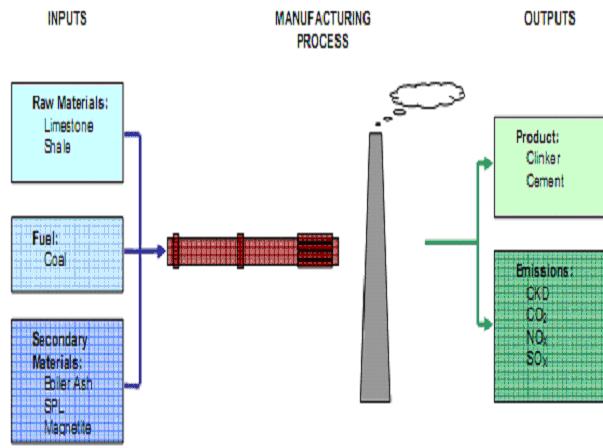
Setting and Hardening:
When ordinary Portland cement is mixed with water its chemical compound constituents undergo a series of chemical reactions that cause it to set. These chemical reactions all involve the addition of water to the basic chemical compounds. This chemical reaction with water is called "hydration". Each one of these reactions occurs at a different time and with different rates. Addition of all these reactions gives the knowledge about how Ordinary Portland cement hardens and gains strength. Those compounds and their role in hardening of cement are as under:
- Tricalcium silicate (C3S): Hydrates and hardens rapidly and is largely responsible for initial set and early strength. Ordinary Portland cements with higher percentages of C3S will exhibit higher early strength.
- Dicalcium silicate (C2S): Hydrates and hardens slowly and is largely responsible for strength increases beyond one week.
- Tricalcium aluminate (C3A): Hydrates and hardens the quickest. It liberates a large amount of heat almost immediately and contributes somewhat to early strength. Gypsum is added to Ordinary Portland cement to retard C3A hydration. Without gypsum, C3A hydration would cause ordinary Portland cement to set almost immediately after adding water.
- Tetracalcium aluminoferrite (C4AF): Hydrates rapidly but contributes very little to strength. Most ordinary Portland cement color effects are due to C4AF.
Uses of OPC (Ordinary Portland Cement):
It is used for general construction purposes where special properties are not required. It is normally used for the reinforced concrete buildings, bridges, pavements, and where soil conditions are normal. It is also used for most of concrete masonry units and for all uses where the concrete is not subject to special sulfate hazard or where the heat generated by the hydration of cement is not objectionable. It has great resistance to cracking and shrinkage but has less resistance to chemical attacks.
Tests On Ordinary Portland Cement
- Fineness test
- Soundness test
- Setting time test
- Strength tests
- Compressive strength test
- Tensile strength test
- Flexural strength test
- Specific gravity test
- Consistency test
- Heat of hydration test
- Loss of ignition test



